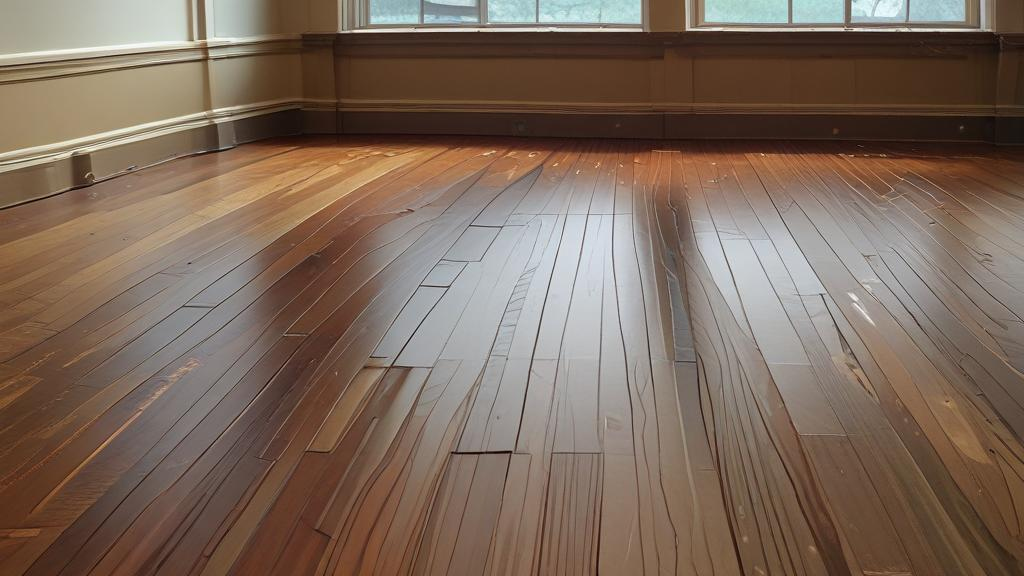Introduction
Wood floor water damage is a homeowner’s nightmare, presenting a myriad of challenges that can compromise the integrity and aesthetics of your flooring. From subtle discoloration to severe warping, water damage can wreak havoc on hardwood floors if left unchecked. In this comprehensive guide, we’ll delve into the causes, signs, and effective solutions for dealing with water damage to wood floors.
Understanding the Causes of Water Damage
Identifying Potential Sources
Water damage to wood floors can stem from various sources, including burst pipes, leaky roofs, plumbing issues, or even simple oversights like leaving windows open during rainstorms. The vulnerability of hardwood flooring to these potential hazards underscores the importance of vigilance and proactive maintenance.
The Role of Excess Moisture
Excess moisture is the primary culprit behind wood floor water damage. When wood absorbs moisture beyond its natural capacity, it can lead to warping, discoloration, and even structural compromise. Furthermore, prolonged exposure to moisture creates an ideal environment for mold and fungi to thrive, posing additional health risks.
Also Read: Water Damage to Hardwood Floors: A Comprehensive Guide
Recognizing the Signs of Water Damage
Visual Indicators
Water damage on wood floors often manifests through visible changes such as discoloration, cupping, or warping of floorboards. These physical alterations serve as early warning signs, prompting homeowners to take swift action to mitigate further damage.
Musty Odors
In some cases, water-damaged wood floors may emit a musty odor, indicative of hidden moisture and potential mold growth. Recognizing and addressing these odors promptly can help prevent extensive damage and health hazards.
Monitoring Moisture Levels
Using a moisture meter is instrumental in assessing the severity of water damage. By measuring the moisture content in affected areas, homeowners can gauge the extent of the damage and tailor their restoration efforts accordingly.
Effective Measures for Mitigating Water Damage
Immediate Action Steps
Upon discovering water damage to wood floors, swift action is crucial to prevent irreversible harm. The following steps can help mitigate the effects of water damage:
- Document the damage for insurance purposes, including photographs and detailed notes.
- Identify and stop the source of the leak to prevent further water intrusion.
- Remove standing water and excess moisture using wet vacuums or absorbent materials.
- Implement drying techniques such as fans, dehumidifiers, and heaters to expedite the drying process.
- Clean the affected area with mild detergent to prevent mold and mildew growth.
- Monitor the drying process closely and seek professional assistance if needed.

When to Seek Professional Help
While minor water damage can often be addressed through DIY methods, significant or extensive damage may require professional intervention. Signs such as persistent dampness, mold growth, or structural compromise warrant the expertise of restoration professionals like Carpet Tech.
Insurance Coverage and Restoration
Navigating insurance claims for water damage restoration can be daunting, but it’s a critical aspect of the recovery process. Most homeowners insurance policies cover sudden and accidental water damage, but the specifics vary depending on individual policies. Working with experienced restoration professionals can streamline the claims process and ensure timely reimbursement for restoration expenses.
Preventive Measures for Future Protection
Taking proactive steps to prevent water damage is key to preserving the longevity and beauty of wood floors. Regular maintenance, timely repairs, and vigilant monitoring of potential hazards can significantly reduce the risk of water damage.
Also Read: Water Damage Pros: Your Trusted Solution for Water Damage Restoration
Conclusion
Water damage to wood floors poses significant challenges for homeowners, but with prompt action and effective restoration techniques, it can be mitigated successfully. By understanding the causes, signs, and preventive measures, homeowners can safeguard their wood floors against the damaging effects of excess moisture. Remember, early intervention is key to minimizing damage and ensuring the longevity of your wood flooring.
By incorporating these insights into your maintenance routine and seeking professional assistance when needed, you can protect your investment and enjoy the beauty of your wood floors for years to come.










